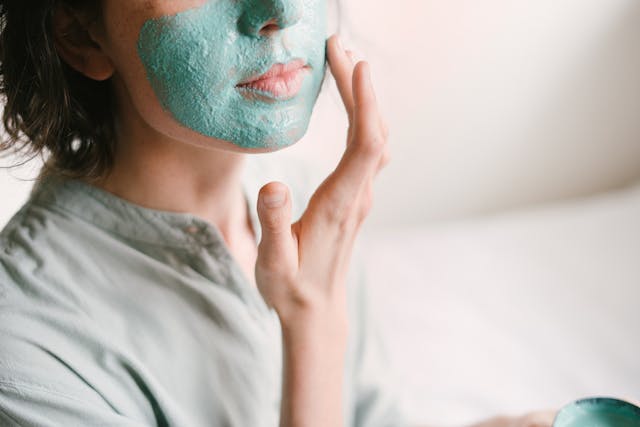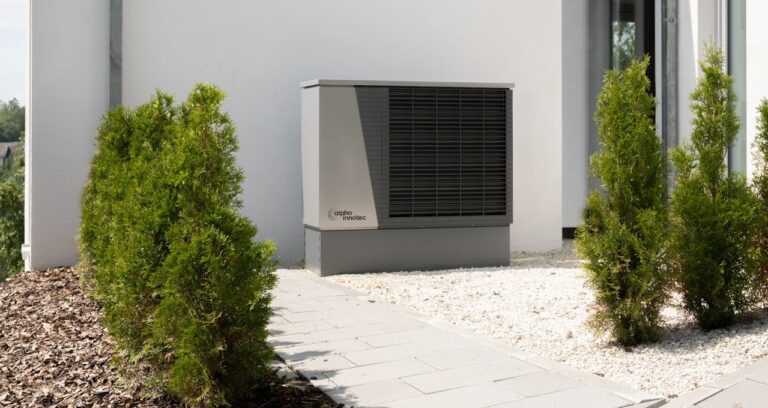
Chemical peels have become a standard procedure in dermatology, offering a practical approach to improving skin health and appearance. This treatment involves applying a chemical solution to the skin, promoting exfoliation and the shedding of dead skin layers. These procedures play a valuable role in skin rejuvenation by targeting specific skin concerns. Here is information about how this treatment works and its advantages:
What Are Chemical Peels?
A chemical peel is a dermatological procedure designed to improve the skin’s texture and tone. It involves the controlled application of a chemical solution onto the skin’s surface. This solution causes the outermost layer of the skin to peel away, making room for new, regenerated skin to emerge.
Chemical peels are categorized into three main types based on their penetration depth: superficial, medium, and deep peels. Superficial peels target the outermost layer of skin and are often used for minor imperfections such as uneven tone or texture. Medium peels reach the middle layer, addressing issues like sun damage, deeper wrinkles, or moderate hyperpigmentation. Dermatology specialists utilize deep peels, which penetrate the lower layers of skin, for more advanced skin concerns such as severe scarring or deep wrinkles.
The treatment varies depending on the solution used, which may include ingredients like glycolic acid, salicylic acid, or trichloroacetic acid. These components are selected carefully to suit the patient’s skin type and the specific skin condition being treated. A professional evaluation is often recommended before undergoing this procedure to determine the appropriate peel type and solution.
What Are the Advantages of Chemical Peels for Skin Rejuvenation?
These procedures offer multiple benefits for improving the skin’s health and appearance. One primary advantage is their ability to increase cellular turnover. This process eliminates dead skin cells more rapidly, allowing newer, healthier skin to appear. The treatment can result in a smoother texture and a more even skin tone.
These treatments also effectively address skin concerns such as fine lines, hyperpigmentation, and acne. Superficial peels often help reduce minor discoloration or dullness. Medium and deep peels can improve persistent imperfections, including deeper wrinkles or pronounced sunspots.
Another benefit is the improvement of overall skin absorption. When the upper skin layer is exfoliated, skincare products can penetrate more effectively, optimizing their impact on the skin. This improvement in absorption is beneficial for individuals looking to enhance their skincare routine alongside the peel.
The results of these procedures can vary, depending primarily on the type of peel used and the individual’s skin type. Patients seeking less invasive improvements may benefit from regular superficial peels, which generally require little to no downtime. Deeper peels often involve a longer healing period but can yield more significant and longer-lasting results.
Also Read: Tips to Protect Your Skin After Microneedling at a Skin Care Clinic
Learn More About Skin Care and Rejuvenation and Chemical Peels
Chemical peels remain a widely used option in dermatology because they are versatile and effective in addressing various skin concerns. They support skin rejuvenation by promoting cell turnover, refining texture, and targeting specific imperfections. For individuals exploring options for a more desirable appearance, consult a dermatology specialist to clarify whether chemical peels are the right step.








